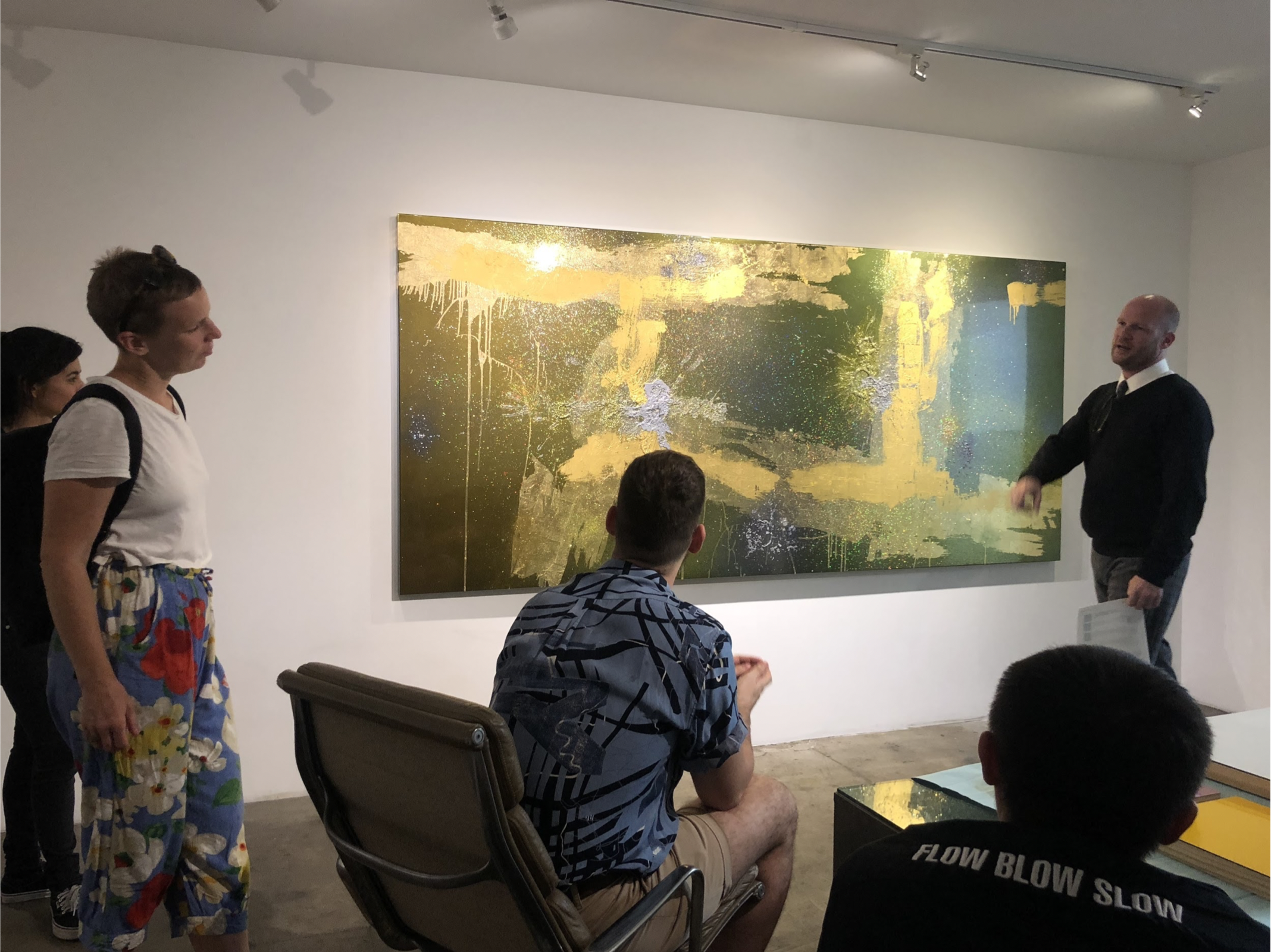Artists
Photo Credit: NIU Chun-Chiang
LIN YI-CHUN
LIN YI-CHUN
| Location | USA / Los Angeles |
|---|---|
| Residency | 18th Street Arts Center |
| Year of the Grant | 2019 |
| Personal Website | LIN YI-CHUN 's Personal Website |
In recent years, she has executed many domestic and foreign art exchanges and exhibitions, including the Wandering Earth God: the gods and topography of the Beitou Baode Temple (Baode Temple, 2020), the Moment of Challenge: Taiwan-Thailand Online Exchange Residency (Hong-gah Museum, Jim Thompson Art Center, 2020), Okinawa Asian International Peace Arts Festival (Haebaru Cultural Center, 2020), Learning from Peers-Taiwan-India Contemporary Art Co-learning Program (Gudskul, 2019), Ulaanbaatar International Media Art Festival (MN 17 Gallery, 2019), etc. She received the Judge’s Award at the Taipei Art Awards. Lin was one of the curator of the 2018 Digital Art Curatorial Exhibition Program of the National Taiwan Museum of Fine Arts "Sisyphus Verion 20.18."
Artist Statement:
I applied for an art residency in the 18th Street Arts Center in Los Angeles, the USA, in 2019. The reason I chose the west coast, where I had never been before, was curious about the local culture and hoped to learn more about the American modern arts. I also anticipated seeing how my creation could have conversations with the local audience and their feedback.
My object was to study the science-fictional aesthetic in the 1960s to 1980s. People usually have a typical impression of science as smooth, metallic, shiny, and transparent. I was interested in knowing where the shared idea came from and intended to explain the process of concept formation. I started my study by visiting the movie props rental company, UCLA Film & Television Archive, Museum of Jurassic Technology, and adopted methods of Vaporwave, improvisation, repetitive and other music/video/dancing techniques. The exploration ended in Mt. Wilson Observatory, has been the biggest observatory in the world and now transformed from science research to educational promotion. I hoped to investigate how human development influences technology and progress.
My presentation of the residency was an exhibition, Revolving Corridor. I decided to use a new space in the art village. It renovated a hangar to be a gallery. The place was not a standard gallery as a white box. It has an ample exhibition space with a long corridor and is interspersed with some art studios' doors. I took advantage of the "public status" to respond to my work to make the ambiguous art and life field. I displayed four reproduction artworks and a book of an onsite conversation with the audience. For the Dialectical Negotiation: inch, I produced a ruler onsite with U.S. "inch" as the unit by a glass of broken and irregular shape. It triggered a heated discussion. The audience thought that the work reflecting the measurement for "standard" and "unit" may have a beautiful appearance and revealing a risky, fragile, and anxious feeling.
During the short three-month residency time, through formal exhibitions, open studios, and social dinners, I realized how artists could see their own roles in a sophisticated art world in a very realistic way. Also, how others, including curators, organizations, sponsoring foundations, the audience may have expectations on the role but keep friendship with them simultaneously.
